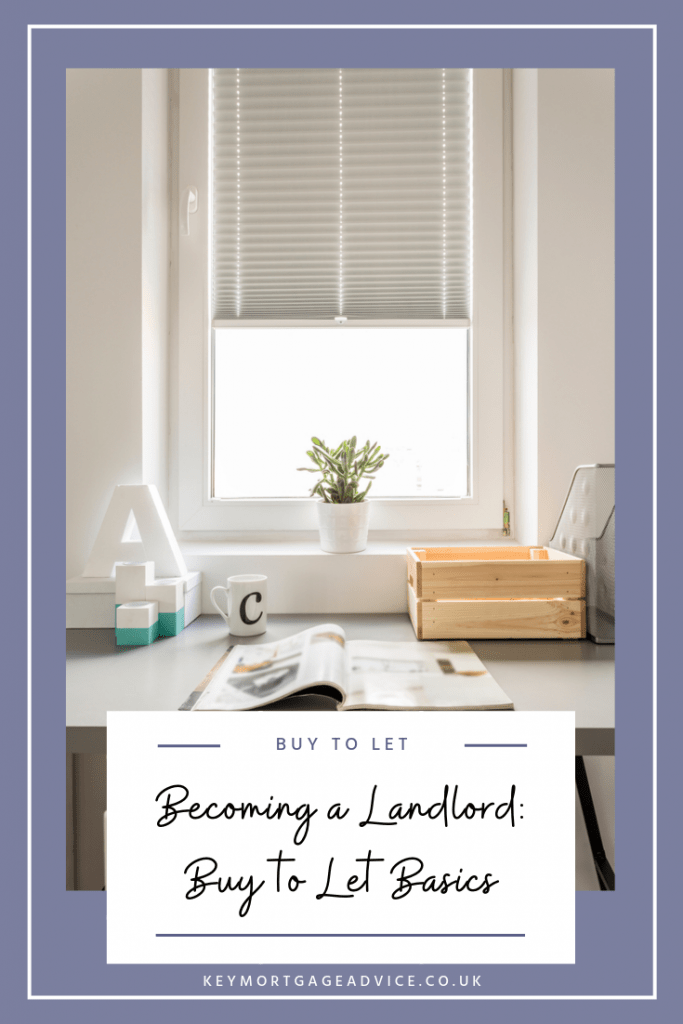If you’re thinking of becoming a landlord, there’s a lot to get your head around. Luckily, our Southport mortgage broker has put together this handy buy to let guide:
What is Buy to Let?
Buy to Let is when a property is bought for the purpose of being rented out, rather than being occupied by the purchaser.
This way, income can be generated for the investor via the rent charged (as long as the rent is more than the repayments on the mortgage). Becoming a landlord as a way to make a living has become increasingly popular over the last few years. There’s also potential to make more money when they come to sell, making it an attractive proposition to several different types of investor.
But, as with all investments, buy to let can be risky business; you could be hit by rising interest rates, stuck with difficult tenants or left unable to sell if the housing market changes.
And things are tougher than ever for buy to let landlords, with the introduction of higher stamp duty and new restrictions on the tax relief they can claim.
Buy to Let Mortgages
How Does a Buy to Let Mortgage Work?
Most investors can’t afford to buy a buy to let property outright, so they have to apply for a mortgage. Loans for buy to let properties are different from standard mortgages, which only apply when you plan to live in the property.
There are several differences between standard mortgages and buy to let mortgages:
Firstly, the deposit on a buy to let mortgage tends to be bigger than those required for a standard loan. Most lenders expect a downpayment of at least 25%, with the very best deals requiring a deposit a big as 40%.
Another big difference is the way affordability is calculated. Instead of using your salary, lenders will use the potential rental income as your primary income source. Some lenders will then consider your personal income as a secondary factor.
Typically, lenders will want the anticipated rental income to be at least 125% of the monthly interest payments on the loan – this figure is known as the ‘rental cover’. If the lender wants 125% mortgage cover and the mortgage interest comes to £1,000 a month, you’d need to demonstrate a rental income of £1,250 per month.
However, back in 2017, the Prudential Regulation Authority (PRA) recommended that lenders increase this rental cover to at least 145%. This means you would need to demonstrate a rental income of £1,450 on the same monthly mortgage interest amount of £1,000.
The interest used in the rental cover calculation should be at least 5.5%, according to PRA rules. This is the case even if the rate on the actual mortgage deal is lower.
Lenders also need to account for any ‘void’ periods, when the property is unoccupied for a period of time. A lender will want to know that you can meet the mortgage repayments during these times.
How Much Are the Fees on a Buy to Let Mortgage?
Buy to let mortgages with the lowest interest rates tend to come with the biggest upfront fees. For example, a market-leading fixed rate could easily come with upfront fees up to £2,000. You can lump the fees in with the loan, but this means paying interest on them as well.
This makes it important to consider the interest rate against any fees when taking on a buy-to-let mortgage. Sometimes, a higher interest rate can actually work out cheaper.
Buy to Let Property
What Sort of Property Should I Purchase?
Finding the right property is important when searching for your own home, but it’s equally important when looking for a buy to let property. Before you start your search, think about the kind of tenant you want to target.
For example, students are likely to want an affordable property close to the university and nightlife, while families will often be looking for somewhere close to good schools, with a garden.
Keep in mind that some properties can be difficult to secure a mortgage on. These include former council houses, new developments, and flats above commercial premises (such as shops).
How do I Choose a Good Location?
If you’re just starting out in buy to let, getting a property close to home might be a good idea. That way, you’ll be familiar with the area and on-hand should anything go wrong.
However, you might be planning to use a letting agent. In which case, you’ll have a wider range of options and could look further afield.
When you’ve decided on the area you want to buy in, speak to local letting agents. They can inform you about the kinds of property in demand and how much they rent for.
Tenants
Does the Type of Tenant Matter?
When you’re becoming a landlord, the type of tenant you’re looking to attract can have more of an impact than you think. Some lenders place restrictions on mortgages for student lets and Houses in Multiple Occupation (HMOs), for example.
So, if you’re looking to rent separate rooms within your property to maximise your income, you may have to spend some extra time researching specialist mortgages.
Now that you understand the basics, get to grips with the more complicated side in the next part – Becoming a Landlord: Your Responsibilities.
Don’t have time to do hours of research on becoming a landlord? Then speak to one of our friendly, independent mortgage advisors. They know the ins and outs of buy to let, and can help you plan your new venture. We have mortgage brokers in Southport, Preston and Garstang – you can find all our contact details here.

